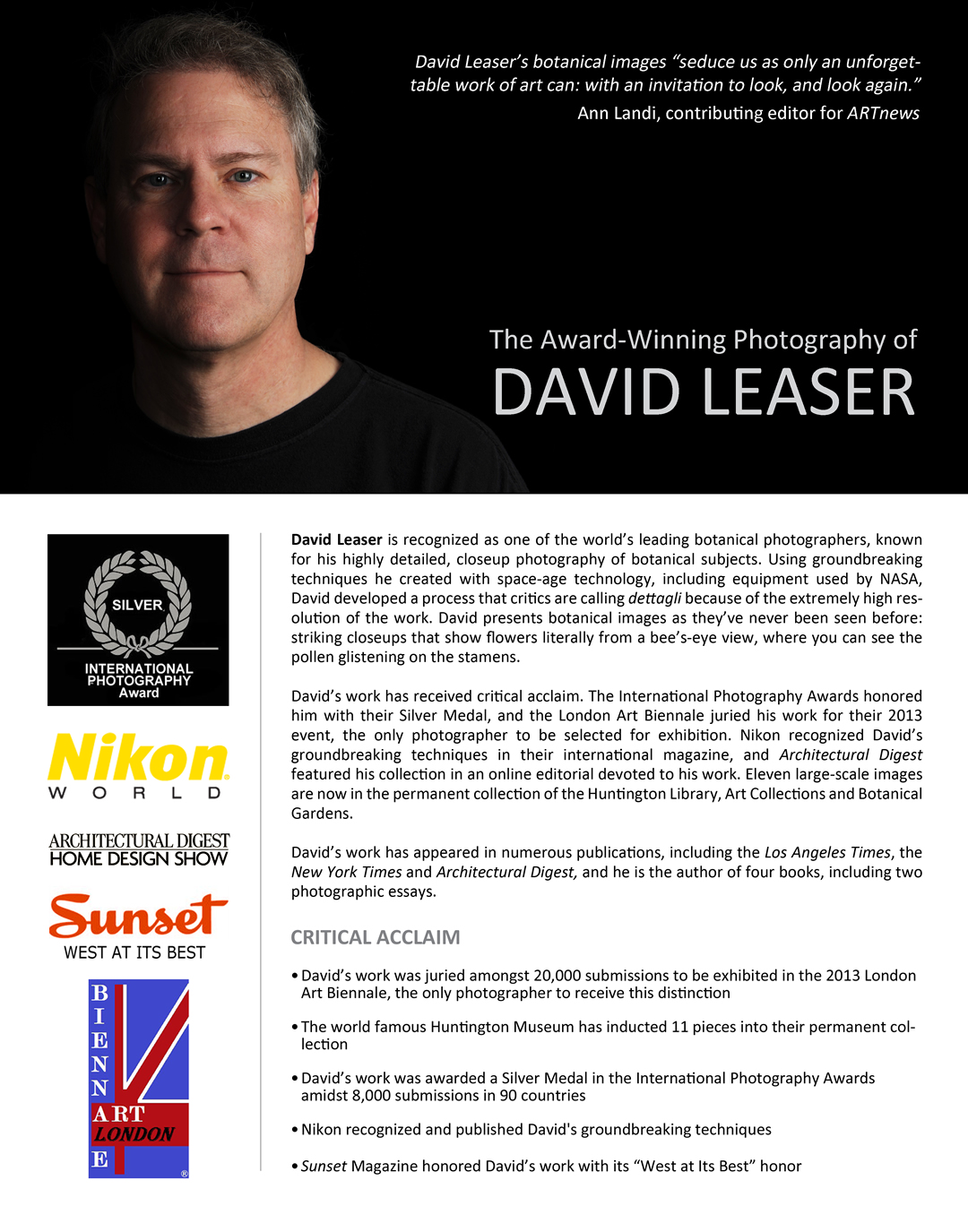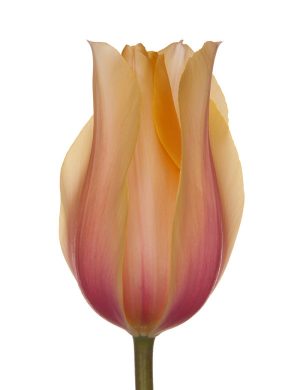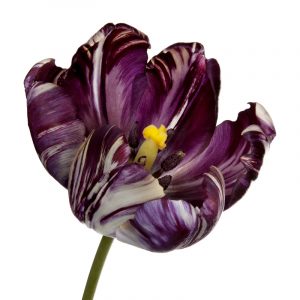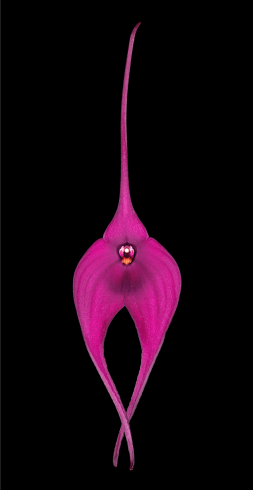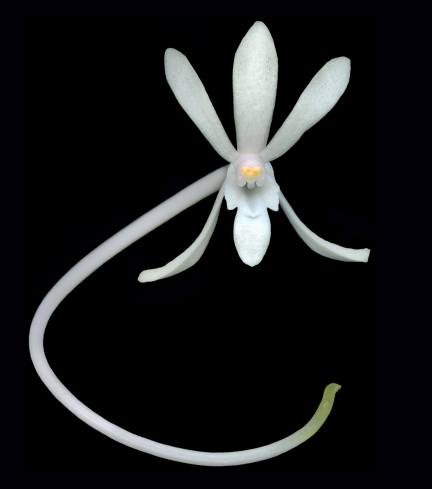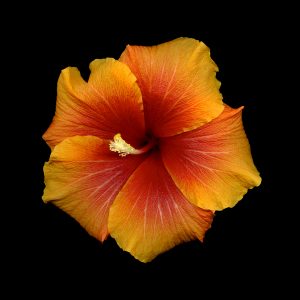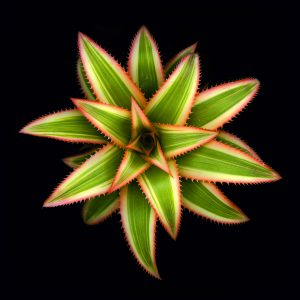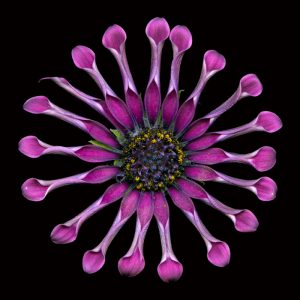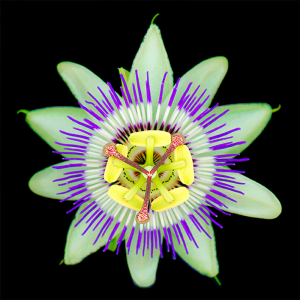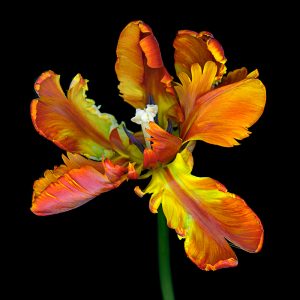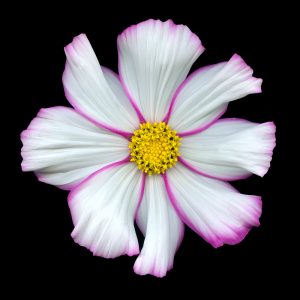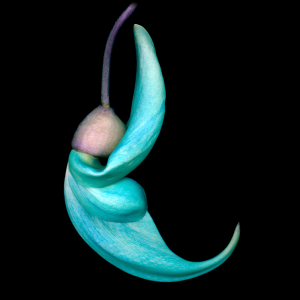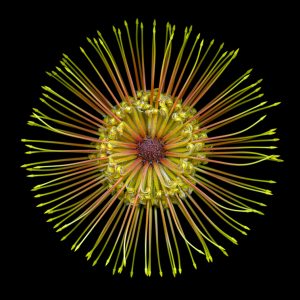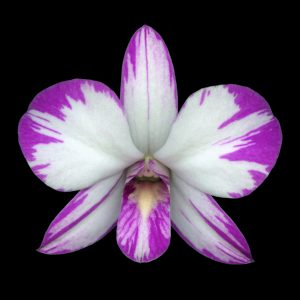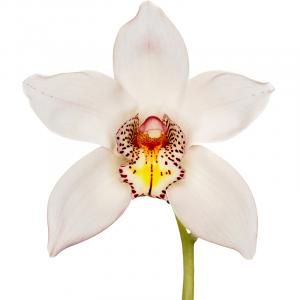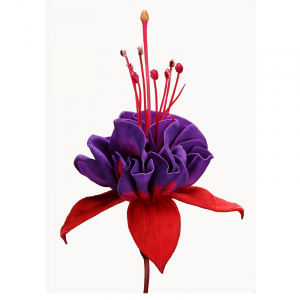Press Kit
David Leaser’s work has received critical acclaim from sources such as the Los Angeles Times, Sunset magazine, Publishers Weekly and leaders of botanical institutions.
In this section, you can read reviews of David’s artwork, see installations and gain insight into David’s history creating artwork.
Breaking News
Artist Information
Critic Essays
About The Collections
About Nightflowers
About the Vivid Whites
About The Orchid Show
David Leaser in the Amazon
Videos and Photos of David
In the News
Blushing Beauty
This elegant tulip bears opulent blends of luscious shades that make an undeniable statement. Its aureolin-yellow petals are blushed with rosy-red and outlined in shades of peridot green. This tulip was introduced into cultivation 31 years ago and now graces the world’s finest botanic gardens, where it blooms late in the season.
Estella Rijnveld I
Estella Rijnveld is a dramatic parrot tulip which was introduced in 1954. With its brilliant splashes of red, white and green, Estella Rijnveld evokes a whirling intensity and sense of movement. “Like raspberry-ripple ice-cream,” says Anna Pavord in The Tulip, and “one of the best.”
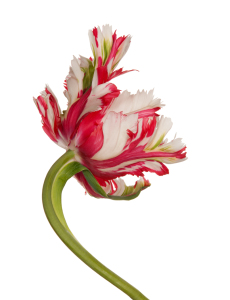
Insulinde I
Dating to 1914, Insulinde has been the subject of art and conversation ever since. Insulinde is a true “broken tulip” with purple petals splashed with white. Broken tulips caused the collapse of the Dutch economy during Tulipmania in the 1600s, when a single bulb might fetch the price of an entire town.
Dendrobium Spectabile
I really love this image because it shows how detailed my images can be. This level of detail simply wasn’t possible even ten years ago. This is where science is disrupting the art world. New technologies developed for scientific exploration, including equipment developed by NASA to photograph Mars, is making its way into the art world and literally changing the perspective you can present with art photography. By layering together about 35 images, I was able to create this complex composite. The flowers in this image are each only about the size of your thumb, but they transform themselves when you see them enormously enlarged. They remind me of a dragon vanquishing its challengers.
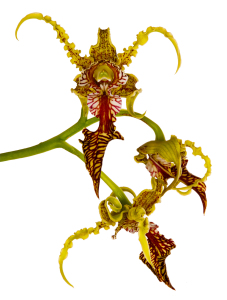
Fuchsia
This flower is about the size of a quarter, but I am presenting it at five feet. This flower was growing in our garden, where our little girl picks flowers every morning. In the summer, you will see hummingbirds feast on its nectar. When you see it enlarged, you can experience it from a hummingbird’s perspective. But when I see it, I’m reminded of how flowers put a smile on a young girl’s face.
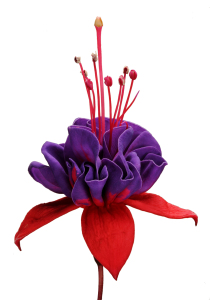
Leucadendron
As I began to create this collection, an amazing thing happened to me: I literally started looking at flowers and nature differently. When you elevate a tiny flower to celebrity status, you gain an appreciation for nature you may never have had before. This image shows an endangered species from Africa, where there are only a few thousand plants left. I hope my art shows changes forever the way viewers look at these flowers.
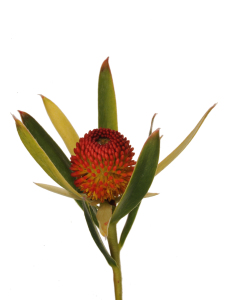
Machu Picchu
This images shows an exotic orchid that grows high in the Andes in South America. It’s smaller than a matchbox, but when you see it on a large canvas, you can literally see the cell structure in the flower. To me, it has a whimsical, yet elegant personality — somewhere between Dr. Seuss and a tango dancer 🙂
Amami Island
Look at your thumbnail and you will see how small this exotic little orchid is. This orchid has a history in cultivation going back to the days of the shogun in Japan, where it grows on a remote island. It’s so small, you might step on it, but when you see it on a five foot canvas, you can see the tiny face that personifies it. And it also perfumes the air with its coconut scent.

